
In 1935, a modern, metal, monoplane fighter with retractable landing gear, designed at the Curtiss-Wright plant for a competition organised by the US Army Air Corps, took to the air for the first time. The manufacturer named it the Curtiss Hawk Model 75, and after refinement it proved to be one of the finest and most modern aircraft of the early period of the World War II. Its performance was all very good, but it was particularly noted for its excellent manoeuvrability, superior to the Messerschmitt Bf-109 and Hurricane.
Its various versions, produced in excess of 1,000, were used by the air forces of over a dozen countries from South Africa to Finland and from Brazil to China - under various names.
In the USA, as a P-36, it defended Pearl Harbor, in British colours as a Mohawk it flew mainly in the Far East and Africa, in 1940 in France as an H-75A it fought against the Germans and later in the colours of Vichy France against the British and even the Americans, in Finland against the Soviets. In many other countries it was also known by the export name given by the manufacturer: Hawk 75.
With this rich history and the variety of camouflages and markings, the Curtiss Hawk 75 is a particularly interesting subject for the modeller. This type of aircraft will fit into virtually any WWII aircraft collection.
All serial Curtiss H75s were equipped with radial engines. When the airframe was adapted to the Allison inline engine, a completely new and legendary aircraft was created: The Curtiss P-40, produced in over 13,000 examples.


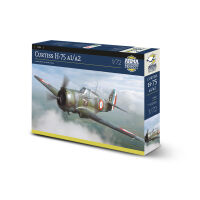






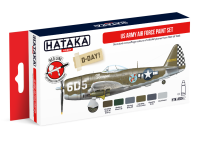
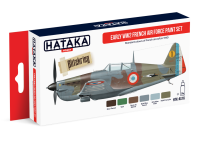

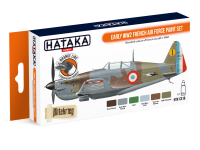
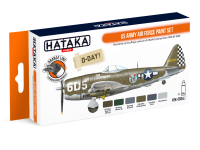

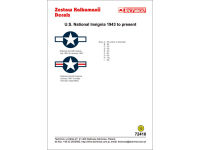
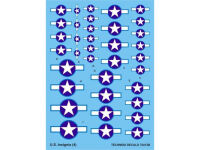
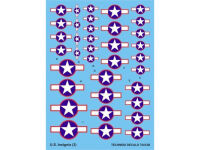





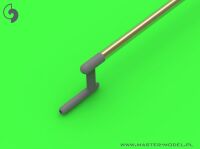





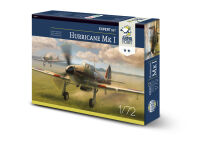



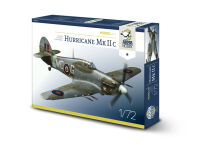
 Polish
Polish